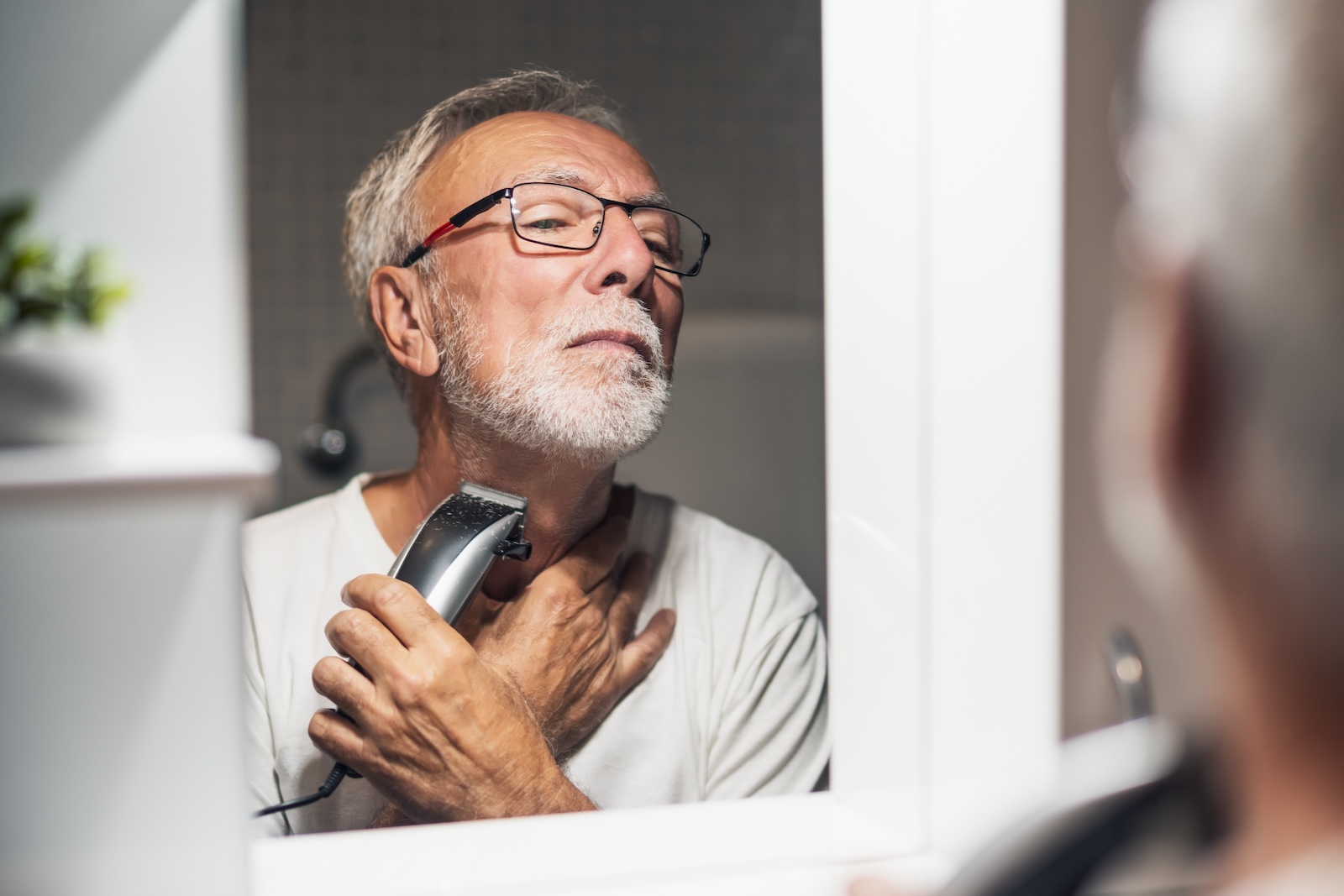Magazine
Particle Tips: How To Get Rid of Acne Scars

There are few things more disheartening than clearing up your breakout only to be left with acne scars and pigmentation. Acne scars can be even more difficult to treat if you do not know where to start and can be just as embarrassing to have on your skin as your acne was.
Particle knows all about aesthetics. In fact, we have got aesthetics down to a science. If you need help improving your look, we have got you covered. In addition to providing you with skincare products specifically engineered for men, we are also committed to educating you on how you can help yourself.
Today, we will be explaining acne scars and how you can feasibly get rid of them.
Acne Scars
When your skin develops acne lesions, it becomes damaged. Once the acne is gone, the skin will attempt to repair itself. This means that new tissue will be grown to pull together wounds and fill gaps. When the dermis is damaged by acne, the body forms new collagen fibers to mend it. It is common for this process to result in scarring with scar tissue consisting mainly of collagen.
You can develop different types of scars following acne. The type of scar you end up with depends on your acne’s severity, skin type, and collagen production.
Here are some of the most common forms of acne scars.
Fine Line Scars
Fine line scars are the most common type of scar you can develop. When these scars first appear, they may be lifted. With time, however, these scars will flatten as they heal. The final result will most typically be pink or red flat scars that may lighten over time.
Keloid Scars
Keloid scars differ from fine line scars in terms of collagen production. When your skin is recovering, too much collagen may be produced, resulting in an overgrowth of tissue. Keloid scars continue to grow as the wound heals. Even after the spot has finished healing, the scar may keep expanding.
Hypertrophic Scars
Hypertrophic scars are similar to keloid scars in that they both rise as the result of too much collagen produced on the damaged skin. Hypertrophic scars do not grow beyond the boundary of the wound but can continue to thicken for up to six months after being damaged. After this point, there is a chance that these scars will get smaller with time.
Atrophic Scars
Atrophic scars are the opposite of keloid and hypertrophic scars. Instead of rising, they sink. Different types of atrophic scars develop when the skin heals below the normal layer of skin tissue and cannot regenerate tissue. These pitted scars may become more noticeable with time because, as you age, you may experience a reduction of elastin and collagen.
Professional Treatments
In severe cases or instances in which you would prefer personalized help with your scarring, you can seek out professional treatments. There are several different acne scar treatments to aid with healing.
Chemical Peel
Chemical peels are dermatology treatments popularly used to minimize the appearance of scars. During the procedure, a chemical solution is applied to the skin to deeply exfoliate and remove the top layers of the skin.
The chemical solution used to perform chemical peels usually contains acids to break down and remove build-up on the skin. Glycolic acid, salicylic acid, and pyruvic acid are most commonly found in chemical solutions.
Removing skin from the epidermis makes new cells easier to regenerate. You will likely need to receive multiple chemical peels to achieve your desired results. This treatment has been proven to work best on fine line scars.
Dermabrasion
Dermabrasion is another treatment used to treat scarring. Though effective in many cases, it is known to be less effective at minimizing deeper scars.
Dermabrasion is a skin resurfacing treatment. A device that rotates rapidly is used to sand the skin, remove dead skin cells, and encourage cell regeneration. The goal is for new skin to grow back smoother and clearer than before, providing you with an overall more evenly toned appearance.
During the procedure, both the top layer of skin called the epidermis, and the middle layer of skin, called the dermis, will be targeted. It is important that you discuss this treatment option with your dermatologist beforehand, especially if you have sensitive skin. If not suited for dermabrasion, you may leave with more scarring than you arrived with.
Injections
There are a few different injection options that you can use to treat scarring caused by whiteheads and blackheads. Certain methods are tailored towards pitted scars, while others can treat those that have risen.
For example, fillers that use collagen or fat-based substances reduce sunken scars like atrophic scars. The filler is injected into your scar by needle and is meant to fill in any gaps by plumping up your skin on the targeted area. While effective, these fillers are temporary. After about six months, you will require a refill.
Other medical injections are better options for raised scars or expanded scars, like keloid or hypertrophic scars. Medical injections such as corticosteroid injections administered by a physician should minimize the size and height of your scars, as well as reduce your discomfort.
Scar Gel
If you prefer to treat your scars at home, you could try your hand at scar creams, serums, or gels.
The purpose of at-home scar therapies is to reduce the appearance of your blemishes and red spots and eliminate any discomfort they may be causing. Several products are designed to treat your scars that you can purchase over-the-counter.
In particular, corticosteroid and silicone products are known to successfully minimize the appearance of your scars and prevent them from developing any further.
We suggest using Particle Scar Gel. Our silicone scar gel is designed to help men improve their acne scars’ appearance, color, and texture. Our long-lasting, effective silicone formula consists of a rich blend of oils and vitamins.
Among these premium ingredients is Argan oil, which reduces irritations from occurring; Avocado oil, which helps create new connective tissue and increase skin elasticity; and Apricot oil, which improves your skin tone and rejuvenates your skin.
To apply the Scar Gel, first, clean the scarred area with a quality face wash before patting it dry. Next, take a pea-sized amount of the gel and massage it into the affected area until your scar is completely covered. Lastly, allow your skin to absorb the gel.
Vitamins
Incorporating more vitamins into your daily regimen can help repair your skin and boost skin rejuvenation. You can increase your vitamin intake via supplements, topicals, or diet.
Vitamin C
Vitamin C is known for accelerating elastin and collagen production, which can help make your skin more supple. Additionally, it can thicken your skin and make it firmer. These properties, in combination, can assist with repairing uneven skin texture and concealing sunken scars.
Vitamin C can also help with any discoloration or depigmentation caused by your scarring. Specifically, vitamin C can inhibit the enzymes responsible for converting amino acids into melanin. This will inhibit the formation of melanin and, therefore, soothe redness in the skin caused by acne scarring.
In addition to using skincare products containing vitamin C or taking it as a supplement, you can consume foods containing the vitamin. Foods rich in vitamin C include:
- Kakadu plums
- Acerola cherries
- Chili peppers
- Guavas
- Sweet yellow peppers
- Thyme
- Kale
- Lemon juice
Vitamin A
There are two types of vitamin A — carotenoids and retinoids — and both can help reduce the appearance of acne scars. Carotenoids have major antioxidant effects that can prevent both cell and tissue damage caused by your scars. Retinoids are involved with cell growth and can be used to stimulate new cell growth and collagen.
Like with vitamin C, you can apply vitamin A topically, take a supplement, or consume foods containing the vitamin. Foods rich in vitamin A include:
- Beef liver
- Liver sausage
- Cod liver oil
- Salmon
- Bluefin tuna
- Goat cheese
- Butter
Vitamin E
Vitamin E is useful for reducing blemish scars because of its moisturizing and antioxidant properties. Vitamin E can combat irritations and the effects of free radicals, providing it with the ability to strengthen your skin and reduce your scars. By hydrating your skin and eliminating dryness, you will considerably minimize the appearance of fine lines.
To reap the benefits of vitamin E, use products containing the vitamin as an ingredient, take the vitamin orally or eat foods that contain it. Foods rich in vitamin E include:
- Sunflower seeds
- Almonds
- Hazelnut oil
- Almond oil
- Pine nuts
- Peanuts
- Avocado
Conclusion
While acne scars may be discouraging, there are ways you can keep them at bay. From professional treatments to scar gels to improving your diet, these can all help fade the appearance of unwanted scarring.
Take control of your acne scars today with Particle, your one-stop-shop skincare line designed for men.
Sources:
Scar contractures, hypertrophic scars, and keloids | PubMed
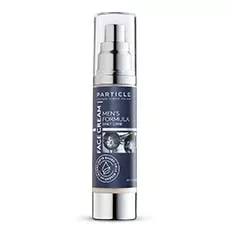
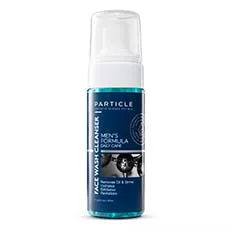
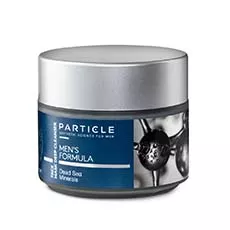
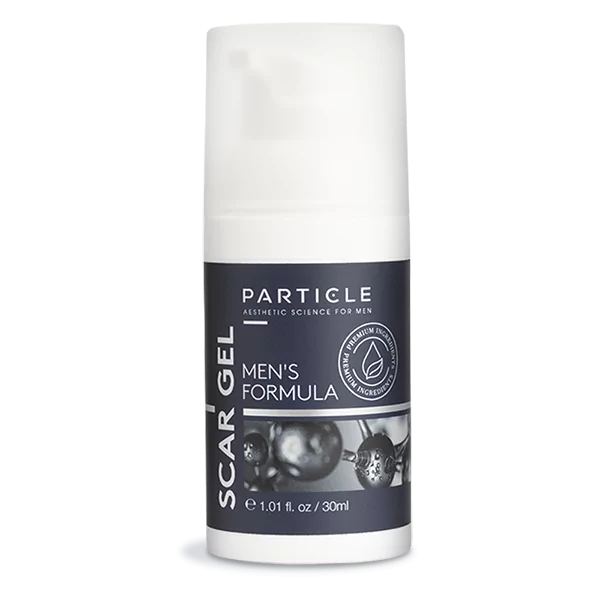
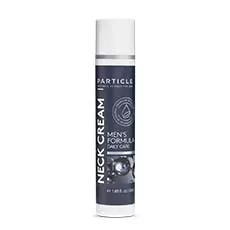
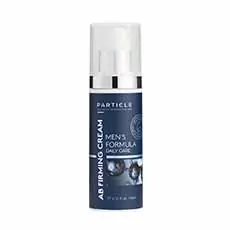
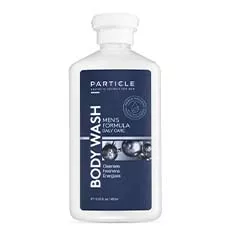
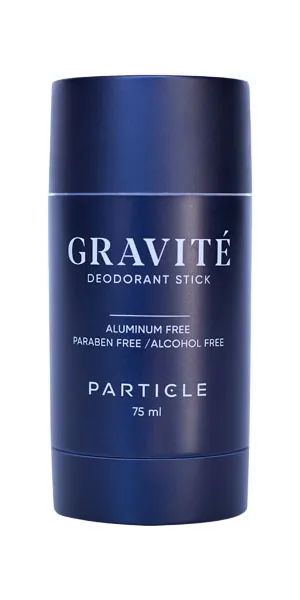
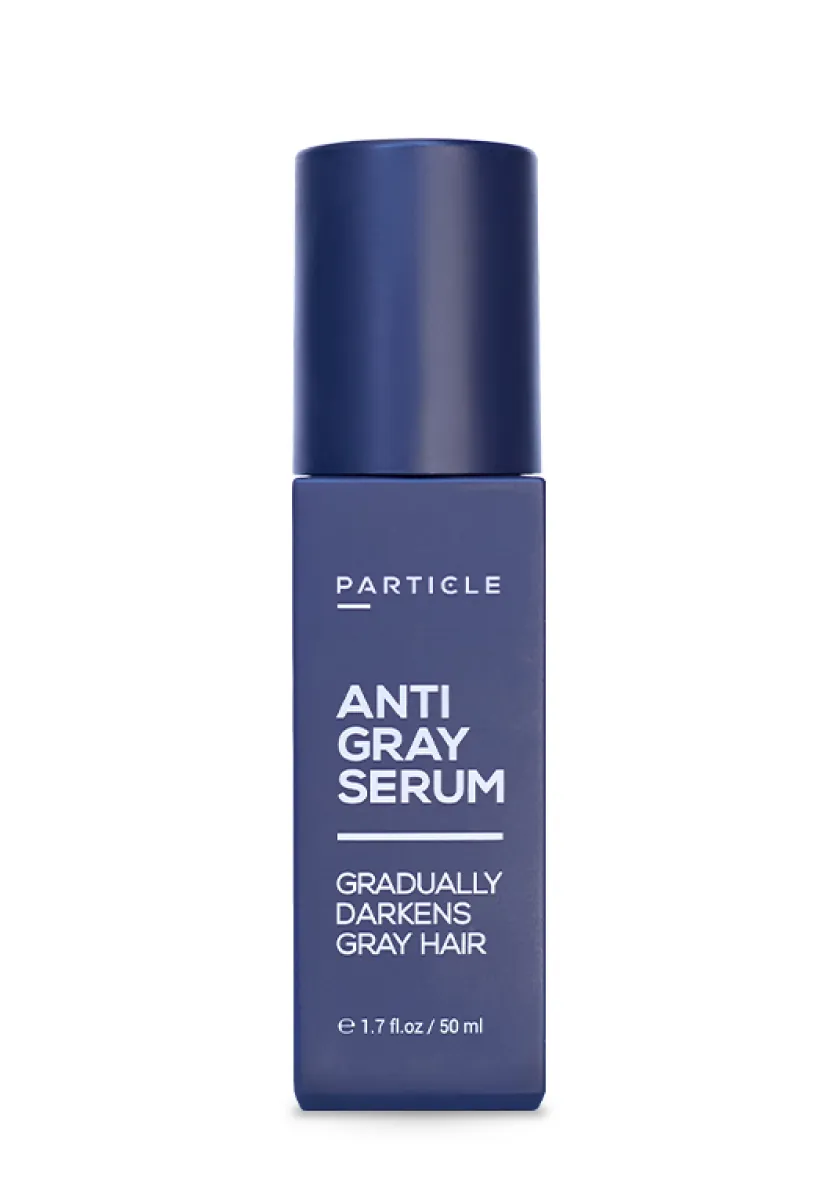
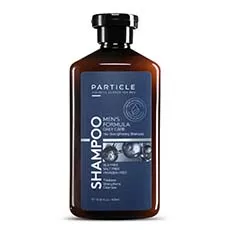
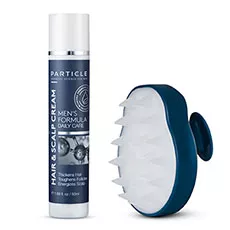
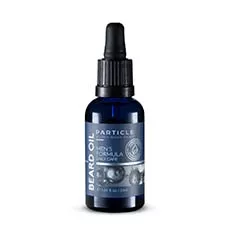
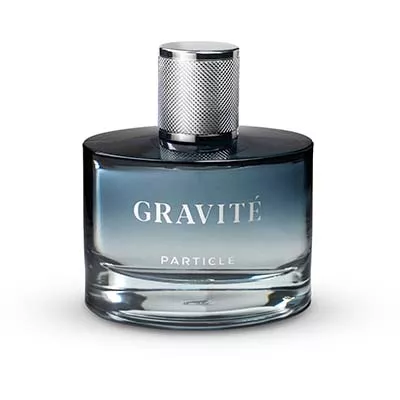

 ca
ca















